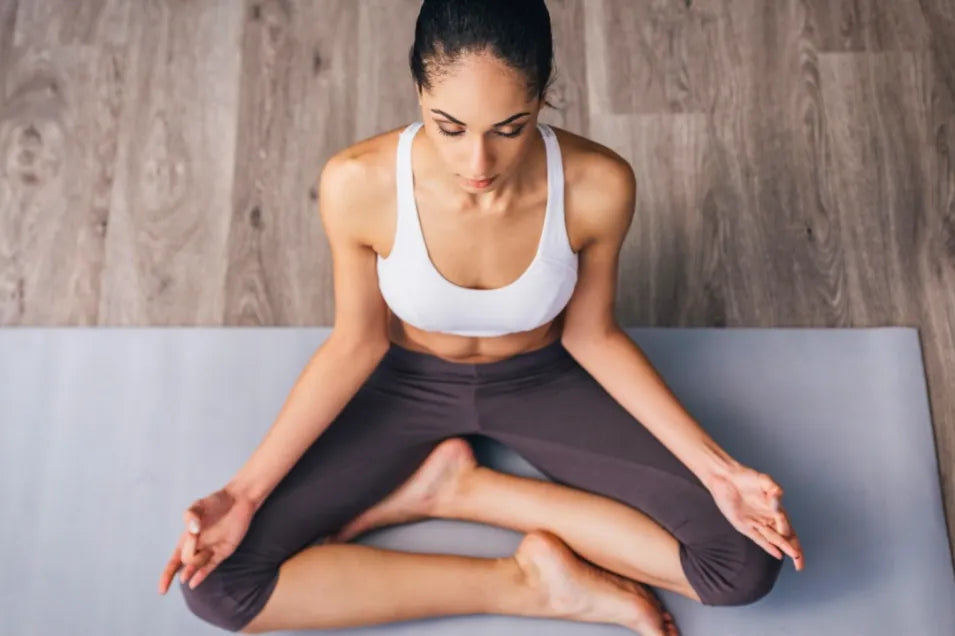Sensory Based Breathing

Did you know how we breath can greatly affect our mood, memory and even movement patterns?
Thought of by many as a simple exchange of oxygen and carbon dioxide, breathing is actually a powerful response to diaphragm movements and our autonomic nervous system state.
If you are looking to access a powerful technique for calming the body, connecting to oneself, centering the mind and activating the core then you will want to integrate sensory based breathing into your day.
Basics of Breathing
With the increasing awareness of Wim Hoff and the concept of diaphragmatic breathing, there is often a baseline familiarity of how we should be breathing.
In the simplest form, we have two main styles of breathing: supra-diaphragmatically and sub-diaphragmatically.
Supra-diaphragmatic breathing is when we are breathing primarily into the upper lobes of the lungs, using accessory muscles such as our trapezius and sternocleidomastoid. This is often associated with a stress pattern or sympathetic state. It is inefficient and is creating a disconnection between the diaphragm and deep core muscles.
Conversely, sub-diaphragmatic breathing is when we are breathing into the belly, utilizing the full lung capacity and entering a more relaxed state. This is associated with a parasympathetic or restorative phase, is more efficient and supports deep pelvic floor stabilizers.
Below is a video on how to correctly perform diaphragmatic breathing.
Sensory Based Breathing
To bring even more neuro-connection to your diaphragmatic breath work you want to integrate sensory stimulation. Sensory stimulation, such as lying on a Naboso Mat or holding a Neuro Ball, supports the connection to oneself.
When we perform mind body centering techniques such as breath work, anything that further drives self-awareness or body awareness will increase the calming to the nervous system.
Below is a tutorial on how to perform sensory based breathing with the Naboso products. Ideally this is recommended to be performed every day, at the end of the day or after a period of excitation or unease.
Adding in mantras or powerful sayings can increase this effect even more. This technique is referred to as anchoring. You can learn more about this technique HERE
To learn more sensory stimulation and mood, memory and movement please visit www.naboso.com